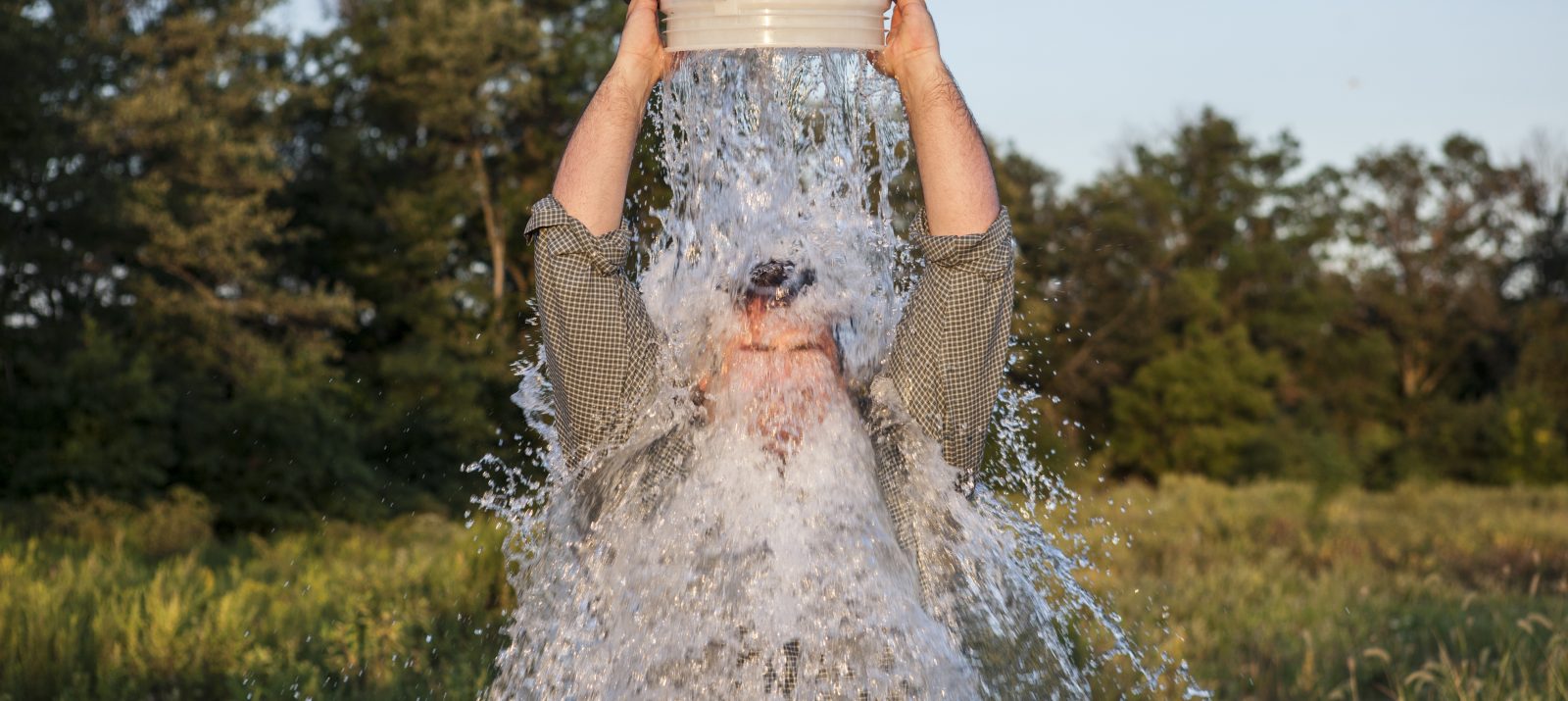
They are among the most popular online formats among children and young people: Pranks and challenges. For example, people film themselves imitating the dances of characters from the game Fortnite. Or in the #CelebLookAlike challenge , friends are asked who looks like which famous person.
Challenges exist on almost all social networks. They are particularly popular with TikTok. Challenges can be fun and get attention for a specific cause. However, it can sometimes be dangerous when younger people in particular try to imitate certain challenges.
This Internet phenomenon probably became known through the Ice Bucket Challenge, in which participants poured a bucket of ice water over their heads to draw attention to the disease ALS. The Ice Bucket Challenge served a good cause. Challenges can also have other functions and backgrounds. People take on various challenges, record the whole thing on video and then upload it to social networks.
It’s hard to imagine TikTok without challenges. While in the beginning mainly dances or certain songs were imitated, today there are no limits. The idea behind so-called hashtag challenges is to post your own interpretation of the challenge and tag the video with the hashtag as well. These videos go viral within hours and are shared and imitated by users all over the world. Companies are also taking advantage of this by initiating hashtag challenges to gain more awareness among young people.
Some challenges are for pure entertainment. In the #LevelUpChallenge, pets are filmed overcoming certain hurdles. Other challenges pursue a good cause, like the #cleansnap challenge. Here, a place polluted by trash was to be filmed before and after the cleanup. TikTok donated for each uploaded video to the environmental protection association Wings of the ocean.
Adolescents find it exciting to compete with others and imitate things. This does not have to happen in a video, but can also be in everyday life, at home or at school. In the schoolyard, people dance or try to imitate the water bottle flip.
Certain challenges can give young users a strong sense of community and belonging. Through likes and comments, they give each other feedback and make contact with each other. Recognition and thrills are also reasons for young people to take part in challenges.
Challenges are an integral part of many social media communities and are also participated in by influencers. This encourages their young followers to join and follow the trend.
Not every challenge is harmless. There are also dangerous and risky challenges. This becomes a problem when young people are asked to imitate, unaware of the danger. Challenges that ask you to lose weight or eat things that aren’t meant to be eaten are just two examples.
“Meeting” like-minded people and the goal of proving something to themselves or getting attention are reasons why young people also get involved in dangerous challenges. So-called hoaxes are often behind these dangerous challenges. These are made up stories that are spread as a challenge. Children and young people are encouraged to engage in risky activities because something bad will supposedly happen otherwise. In the end, the hoax challenges themselves are dangerous. Read more about this in our article on chain letters.
Social media providers occasionally delete dangerous content, but that doesn’t stop other risky challenges from trending. On YouTube and TikTok it is forbidden to post such pranks and challenges. With TikTok, users receive a warning directly when supposedly risky challenge videos appear in the feed. There are also educational videos about it.
Keep an open mind about fun, harmless, or even helpful challenges. You may also want to take on such challenges together with the whole family.